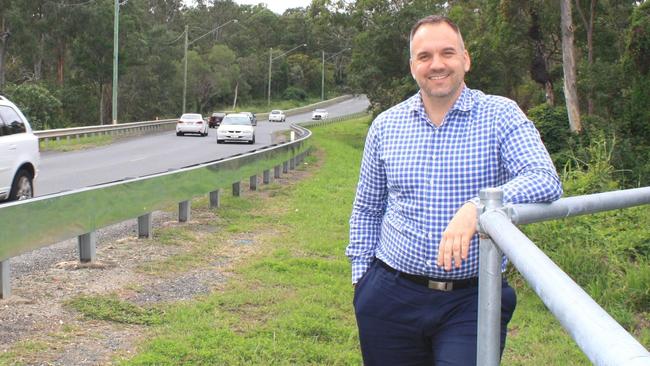Brisbane City townhouse ban to save the backyard
Brisbane City Council has banned townhouses in established neighbourhoods to save the backyard.

The nation’s biggest municipal authority, Brisbane City Council, has banned townhouses in established neighbourhoods to save the backyard, triggering warnings that this could compound an emerging housing shortage.
The shift by BCC, aimed at stopping the consolidation of residential lots for development in leafy low-density suburbs, is vehemently opposed by sections of the property industry and runs contrary to planning policies pursued by other capital cities.
But BCC planning committee chairman Matthew Bourke insisted the crackdown was needed to protect the “Brisbane lifestyle”.
“We have seen what has happened in other cities where owners have amalgamated their land and put it on the market for sale for townhouse development,” Mr Bourke told The Australian.
“We don’t want to see large-scale projects like that in our established suburbs. It changes that community and feedback from residents is they don’t want it.”
The action will stop homeowners banding together to sell their properties as a package to developers, a source of community friction in the Hills district of northwest Sydney.
Mr Bourke said the ban in Brisbane precluded the building of new townhouses in about 63 per cent of land zoned for residential use within the city limits.
But the BCC injunction goes against what other regions are doing to boost the diversity of housing types, critics said.
On Monday, this series highlighted industry research showing 60 per cent of Australians were willing to sacrifice a big backyard when buying a home, provided they could access green spaces and parks.
Housing Industry of Australia Queensland director Mike Roberts said the townhouse ban in Brisbane would increase housing costs and reduce choice. “It is astounding that NSW has implemented a code to make things easier and remove hurdles, while Brisbane banned it. It is not just focusing on housing, it is about good supply and choice,” he said.
NSW implemented a low-rise, medium density housing code in 2018 to fast track the development of duplexes, townhouses and terraces up to two storeys. The decision was made to help meet the demands of Sydney’s growing population, predicted by the Australian Bureau of Statistics to hit 6.4 million by 2027.
The ACT government is also investigating so-called infill development in established suburbs. Canberra’s population of 420,000 is ageing faster than that of any other Australian city, and increased housing density is seen as one policy response to the challenge, concentrating the delivery and cost effectiveness of health and other services.
One Brisbane developer said the industry was perplexed by Brisbane’s decision when there was demonstrated demand for townhouses in the suburbs. BCC’s $3 billion annual budget dwarfs that of other city councils, covering about 1.2 million residents.
On Wednesday: The rise of the mega-apartment





To join the conversation, please log in. Don't have an account? Register
Join the conversation, you are commenting as Logout